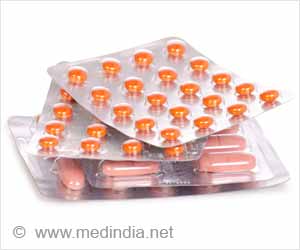A surprising twenty-three percent of patients showed evidence of a chronic condition six months after their enrollment in a new study measuring drug-induced liver injury (DILI).
A surprising twenty-three percent of patients showed evidence of a chronic condition six months after their enrollment in a new study measuring drug-induced liver injury (DILI). Antimicrobials and anticonvulsant medications are the most common prescription medications implicated in indiosyncratic DILI, according to data from a prospective trial conducted by the Drug Induced Liver Injury Network (DILIN). The DILIN comprises five clinical centers and a data-coordinating center, and it is funded by the NIDDK.
Presented at the 71st Annual Scientific Meeting of the American College of Gastroenterology, the study found that 75 percent of patients had DILI due to a single prescription medication, while 21 percent of injuries were related to a combination of prescription drugs and complementary/alternative therapies. During a six-month follow-up, seven percent died and 23 percent exhibited chronic DILI.“Our study represents an extensive and a systematic effort that is recruiting eligible patients with clinically important DILI in a robust fashion,” says Dr. Naga P. Chalasani from Indiana University. “Extensive clinical data and biosamples are available to conduct clinical and mechanistic ancillary studies including genetic analyses to identify risk factors and predictors of outcome.”
Pre-defined biochemical criteria were used to recruit eligible patients with suspected DILI. Patients with previous liver and bone marrow transplants and those with acetaminophen toxicity were ineligible. To better understand the natural history of DILI, enrolled patients are followed for up to 24 months depending on their liver biochemistries at 6 months after enrollment. Extensive baseline evaluation was performed to exclude competing etiologies in each patient.
Whenever available, a central pathologist in a blinded fashion reviewed liver biopsies. A panel of hepatologists systematically assessed the strength of causal relationship between implicated agent(s) and the episode of liver injury. Samples of serum, urine, DNA, and peripheral lymphocytes were collected and stored at a central repository for future studies.
Source-Newswise
SRM











